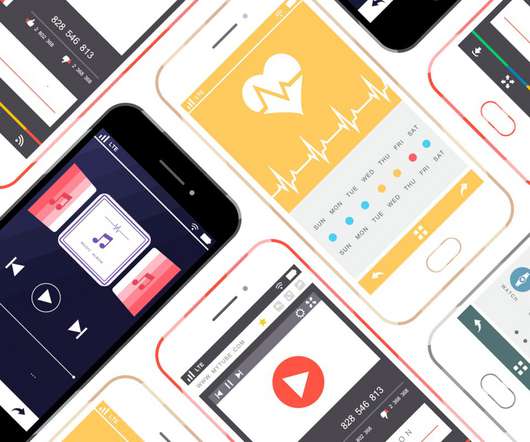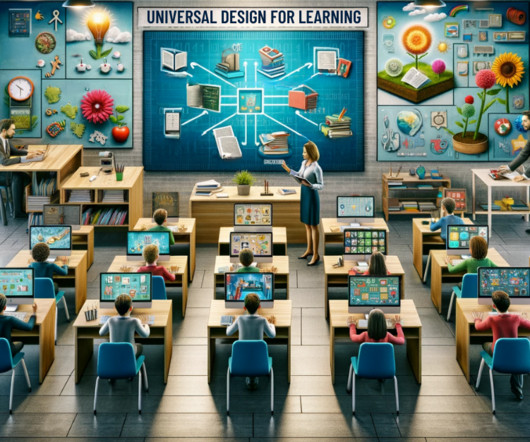Students Today Are Learning All The Time. Can Schools Keep Up?
Edsurge
JANUARY 28, 2020
“For young people today, learning is a 24/7 enterprise,” says Julie, Evans, the CEO of education nonprofit Project Tomorrow. “It It just happens to happen from 8:00 to 2:30 in the classroom. But that doesn’t mean learning stops when they leave school.” For students today, learning is a 24/7 enterprise.
















Let's personalize your content